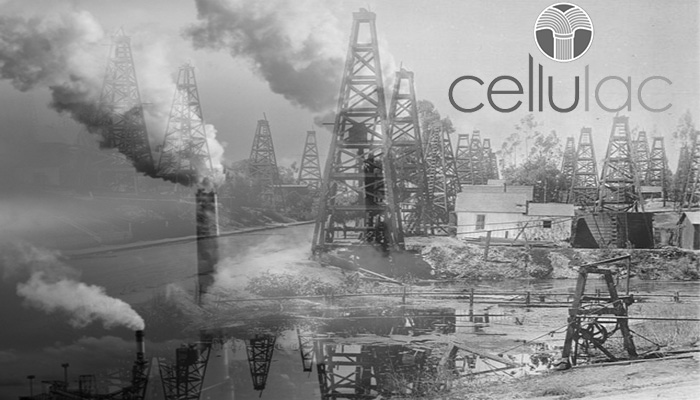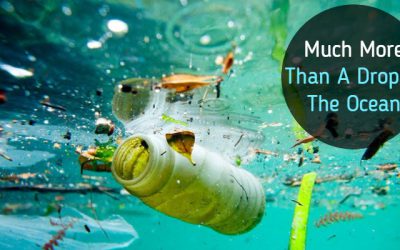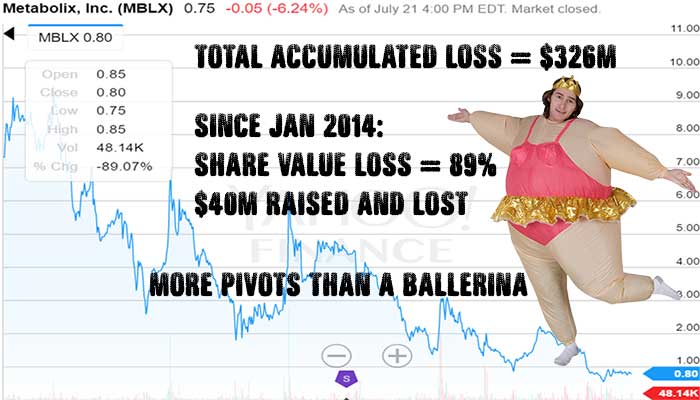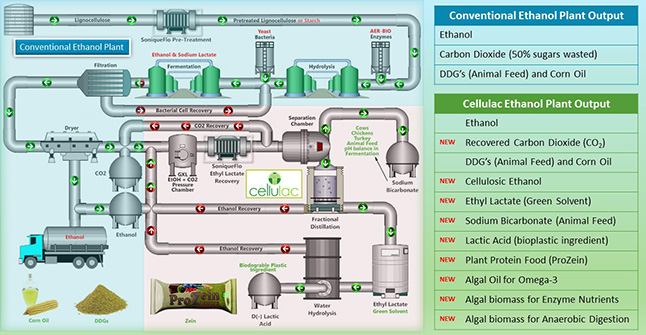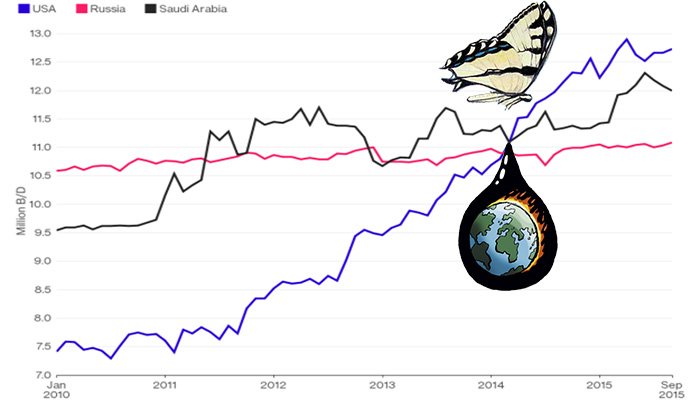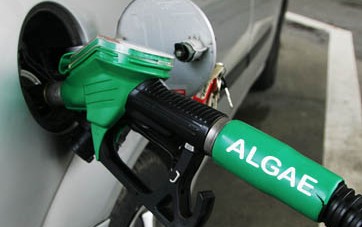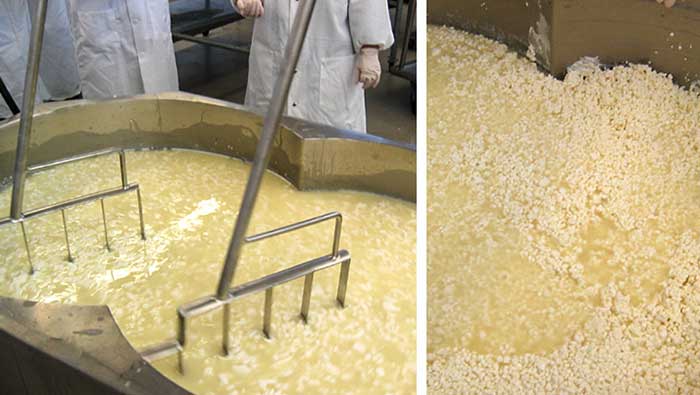Big Oil Can't Alter Climate Change
In a recent major MIT Study (Covert, Thomas, Michael Greenstone, and Christopher R. Knittel. 2016. “Will We Ever Stop Using Fossil Fuels?” Journal of Economic Perspectives, 30(1): 117-38. ) it was shown that approximately 65 percent of global greenhouse gas emissions are generated by fossil fuel combustion. Of these emissions, coal is responsible for 45 percent, oil for 35 percent, and natural gas for 20 percent. The options to reduce greenhouse gases from the air and storing would require an expansion of the size of the world’s forests or build out carbon capture and storage infrastructure at a scale that will more than counterbalance the burning of fossil fuels. The other option is to reduce future consumption of fossil fuels in a drastic manner.
Oil, Oil Everywhere
Today the US crude oil inventory surplus is at a record high. Saudi Arabia and Iraq are pumping out more than 1.3 million extra barrels of oil per day than they were 12 months ago. Iran is commencing the production of 300,000 barrels that is expected to rise to 1 million barrels of oil per day. That leaves what lies in reserve in Libya until the turmoil is resolved. Finally the US in December 2015 shipped its first exported oil to France and Israel since the 70’s.
Russian security oil threat is a joke
Russia would not, nor could not hold Europe to ransom over energy supplies. The reality is that over the last 10 years Russian crude oil production has increased from 9 million barrels a day to 10,400 million barrels. Oil and gas comprise over 60% of Russia’s exports and make up over 30% of the country’s gross domestic product (GDP). Despite the dispute in Ukraine, Russia, just like Saudi Arabia, cannot afford to withhold oil or gas from any country without losing market share, unless the country happens to be Ukraine who owe Russia $3 billion for not having paid for their supply.
Emerging oil balance
Emerging markets such as India, China, Brazil and Russia will likely continue to consume more oil as they continue to grow, but the largest market in the world for consumption of crude oil for transport, the US, would reach an inflection point where renewable energy from wind and solar for electric vehicles, backed up by higher efficiencies of battery storage, would counter the oil demand for transportation in that market.
Taking a peak at a long term oil glut
That is another reason why oil could remain over supplied and below $40 per barrel for decades. The uptake in Electric vehicles will accelerate in the early 2020’s. Growing at 60% a year it is the same growth rate that saw Henry Ford and his Model T gain traction against the horse and buggy. In a Bloomberg report by Tom Randall he suggests that once the cost of batteries get low enough to match the costs of current production vehicles demand for oil will match any growth in world consumption outside of developed OECD countries.
A Solar Ray of Hope
While we boil the world away in barrels of oil there is a small ray of hope. Electricity is getting cleaner and cheaper. Since 2013, the world has been adding more electricity-generating capacity from wind and solar than from coal, natural gas, and oil combined. The move toward a cleaner grid, electric vehicles and renewable power does create a mutually beneficial circle of demand.
Micro capture is the only macro solution
Carbon capture on a large scale is expensive. For mankind to even begin to manage climate change we must achieve a similar result as John D. Rockefeller did at the outset of the oil industry when he converted useless oil into a commercially profitable solution. We must deliver a micro capture solution and incorporate carbon monoxide, carbon dioxide and methane capture systems into everyday fossil fuel consuming equipment. Preferably an alternative to a falsified emission output software application.
[TheChamp-FB-Comments style=”background-color:#f7f7f7;” title=”Leave a Comment”]
Integumen License Ageement
Today, Cellulac announces that it has signed Heads of Terms to enter into a commercial technology agreement with Integumen (LSE: SKIN). In addition, Integumen has conditionally agreed to acquire 9.35% of the issued shares of Cellulac. Gerard Brandon and Camillus...
What are you doing about ocean pollution?
To many people watching Sky News and their #OceanFree Campaign, you would think that removing plastic from the oceans will be enough to resolve the problem. Sadly, this is not the case. The oceans ability to provide food from fisheries and aquaculture is...
Climate Change Our Bit Infographic
[TheChamp-FB-Comments style="background-color:#f7f7f7;" title="Leave a Comment"]
Biomassive Revolution
It's just not your fault What if I were to tell you that it is not your fault that the seas are polluted with plastic that the fish and whales are consuming? In the same way, I can say that it is not your fault that over-fishing is destroying future fish...
Daring to Dream Big
The definition of insanity is doing the same thing over and over again and expecting a different result - Albert Einstein Another 300 million tonnes of plastic every year Since World War II we have consumed 5 billion tonnes of plastic, much of which has ended...
Low Energy Microalgae to Biofuel at Commercial Scale
Food and Fuel for the 21st Century Microalgae have come to the attention of the industrial and academic community over recent years because of their ability to harvest the energy of the sun and provide valuable molecules that offer great potential to provide...
Cellulac Formally Requests Metabolix Shareholders to Consider Merger Proposal
Cellulac merger proposal to Metabolix worth $40m in assets and offtake agreement of $38m rejected in favor of closing biopolymer business and spending $35m over 7 years on crop science project with no revenue. DEAR METABOLIX SHAREHOLDERS London, UK. 25th...
Extracting real value from the Ethanol Industry
Hybrid Solutions There is no need to reinvent a billion dollar wheel of bio-industrial experimental development. True value can be extracted and integrated as hybrid synergistic solutions from the best-in-class of what already exists. Over the last 10...
Have we Reached Peak Biofuel?
Is there really an energy security risk? Former NATO Secretary General Anders Fogh Rasmussen is calling on Europe to increase the production of biofuels from an energy security perspective because of geopolitical risks. This is a tough ask if such increase in...
Biofuels Perfect Storm
Biofuels Perfect Storm Since August 2015, ethanol has traded at a premium to gasoline which is unusual by historical standards. This is likely to continue until oil prices rebound into the $45-50 per barrel range. Even with this situation, 2015 ethanol...
Ethanol Industry is not too big to Fail
Phonetically speaking we know the two things that are guaranteed are death and taxes. However debt can be the precursor to death for not just companies, but industries. The ethanol industry, reading through the last 2 years of SEC filings by ADM, indicate that...
High Corn Crush Margin Ethanol Plant Solution
The ethanol industry has only been around for the last few of decades, though in its present state it takes centuries of fermentation knowledge to achieve the same output of ethyl alcohol (ethanol).Today, there are by-products or side-streams, such as distilled...
Corny Problem for EU Sugar Producers
The abolition of sugar quotas in 2017 will have such a profound effect on EU sugar producers, used to super profits under the EU supported Common Agricultural Policy (CAP), that many smaller producers will be subject to consolidation or have to cease...
Butterfly Effect of Oil Price on Renewables
The butterfly effect is a concept that small causes can have large effects. Initially, it was used with weather prediction but later the term became a metaphor used in and out of science. Now it can easily be related to a single decision made by a Saudi Oil...
Cellulac Acquires Aer Sustainable Energy (Aer-Bio)
10 fold saving in enzymes, 4 fold increase in algae oils within 2 hours reducing the process costs of Omega-3, animal feed and biofuels Dublin, Ireland, 18th May 2015: Cellulac, the industrial biochemicals company, today announces the acquisition of Aer...
5 year, €35m Pharmafilter Partnership with Cellulac
Partnership delivers 2nd generation bioplastics supply chain solution for hospitals Dundalk, Ireland and Amsterdam, The Netherlands, 30th March 2015: Cellulac, the industrial biochemicals company, and Pharmafilter, a provider of integrated waste management...
Lactic Acid from Lactose Whey in World First Continuous Production runs
Cambridge, UK. 19 May 2014: Cellulac, the industrial biochemicals company is delighted to announce the world’s first ever industrial level continuous production of lactic acid from deproteinized lactose whey. Our 10 day production run concluded this week and...
Cellulac to Acquire Patent Portfolio and Industrial Biochemical Equipment from Pursuit Dynamics PLC
Cellulac Limited, the industrial biochemicals company, announces the acquisition of Pursuit Marine Drive Limited, a subsidiary of Pursuit Dynamics PLC, subject to shareholder approval. The acquisition includes certain intellectual property rights, test...

